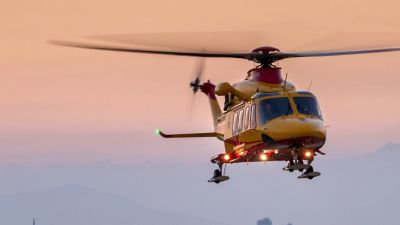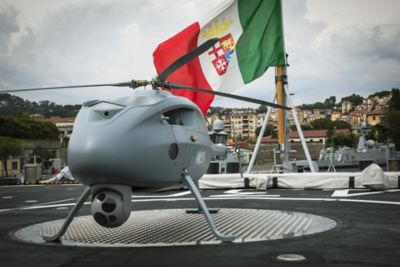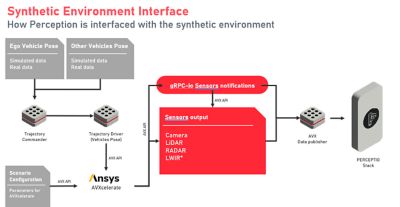Case Study
-
-
Accédez au logiciel étudiant gratuit
Ansys donne les moyens à la prochaine génération d'ingénieurs
Les étudiants ont accès gratuitement à un logiciel de simulation de classe mondiale.
-
Connectez-vous avec Ansys maintenant !
Concevez votre avenir
Connectez-vous à Ansys pour découvrir comment la simulation peut alimenter votre prochaine percée.
Pays et régions
Espace client
Support
Communautés partenaires
Contacter le service commercial
Pour les États-Unis et le Canada
S'inscrire
Essais gratuits
Produits & Services
Apprendre
À propos d'Ansys
Back
Produits & Services
Back
Apprendre
Ansys donne les moyens à la prochaine génération d'ingénieurs
Les étudiants ont accès gratuitement à un logiciel de simulation de classe mondiale.
Back
À propos d'Ansys
Concevez votre avenir
Connectez-vous à Ansys pour découvrir comment la simulation peut alimenter votre prochaine percée.
Espace client
Support
Communautés partenaires
Contacter le service commercial
Pour les États-Unis et le Canada
S'inscrire
Essais gratuits
“Perception is at the core of our aircraft functionality. All of the systems supporting this technology must perform day, night and degraded meteorological conditions. Ansys simulation enables us to model various sensors leveraging the full light spectra to understand how all will function simultaneously, from radar and lidar to thermal cameras that enable our helicopters safely deliver higher levels of autonomy.”
Leonardo‘s mission is to tackle both the military and civilian challenges of making the operation of its aircraft as safe as possible, with the aim to reduce pilot workloads through advanced guidance systems and uncrewed vehicle creation. For every helicopter built, piloted with or without human intervention, Leonardo’s goal is the same: safely and effectively reduce effort during flight and increase mission success.
“Our team is always looking for opportunities to enhance the safety and reliability of helicopter landings in diverse and often adverse weather conditions,” says Baiguera. “Ansys AVxcelerate Sensors software provides us with a sophisticated yet cost-effective method that enables us to virtually evaluate our sensor technologies under a multitude of environmental conditions to enhance safety for search and rescue operations. Through this deeper understanding of the operational design domain, we can then reduce risk of mission failure.”
Challenges
To successfully advance the aircraft collision avoidance capabilities of Leonardo’s advanced vertical flight solutions, their functionality must be validated through numerous test cases. Perception is at the core of this functionality. For Leonardo, the ultimate goal is to be able to simulate these cases subject to specific algorithms and identify any discrepancies that might lead to system failure. At the same time, all these systems must be considered in the context of many requirements.
“We want to know how our helicopters will perform in an emergency,” says Baiguera. “How will they maneuver through situations like unexpected engine failure or inclement weather? In this case, we have to justify through simulation corner cases where the perception-based software is going to identify issues prior to its failure. It is a necessary step to create a failure tree suitable for certifying the overall function, which is coupling the perception side with the flight control system software side [to support] overall performance.”

The AW139 represents one of Leonardo’s latest generation of helicopters benefitting from Ansys technology. With guaranteed high performance levels, they are suitable for and currently used in a wide range of missions globally, including energy, public safety, and surveillance.
Engineering Solutions
AVxcelerate Sensors simulation software helps Leonardo ensure the safe function of its aircraft. The helicopter must be able to automatically land on a moving platform, despite the loss of GPS signal due to equipment failure, inclement weather, or other complications arising from engine, rotor, or similar component failures.
This capability was enabled through the simulation of thousands of corner cases. In the predesign phase, the objective was to determine the sensor setup of the underlying perception frameworks supporting autonomous function, including the simulation of camera optics. In subsequent phases, with the help of AVxcelerate Sensors software, Leonardo generated massive amounts of data to develop AI models and facilitate the interfacing of the tool with its flight controller and flight management system software.
Currently Leonardo is focused on simulation scalability. The Ansys platform is scalable on both the cloud, and on its internal GPU cluster supporting high-performance computing.
“Simulation continues to speed the development phase, so that testing is really concentrated in a few months,” says Baiguera. “It allows for a very fast process by essentially closing the gap between conceptual design and experimentation to bring safe solutions to our customers faster.”

Ansys also played a role in AWHERO rotary wing uncrewed system development. AWHERO channels Leonardo's expertise in rotorcraft and uncrewed systems. Whether operated as a standalone or as part of a team of Leonardo helicopters, it significantly enhances overall mission effectiveness and operational efficiency.
Benefits
Speeding up development via AVxcelerate Sensors simulation software enables Leonardo to:
- Support a modular approach to development, from software through autonomy avionics, including modules responsible for flight management, perception, and guidance on the way to full autonomy
- Maintain safety in the continuous integration and continuous delivery (CICD) approach to successfully automate and streamline software development. As updates are pushed out to these platforms, this approach resulted in fast, reliable code releases.
- Proactively consider threat scenarios involving large-scale operations. Simulation data from these activities enables Leonardo to tackle unique corner cases that help them meet customer requirements on the way to new innovations.
- Significantly reduce the number of prototype flights at a savings of more than $5,000 dollars per hour, with an environmentally unsustainable output of up to 1,874 pounds of CO2
- Tackle future challenges related to object detection while in flight in an integrated digital environment. Relying on Ansys software during post-processing to model performance helps Leonardo understand radar and camera degradation caused by fog.

Commençons
Si vous êtes confronté à des défis d'ingénierie, notre équipe est là pour vous aider. Forts de notre expérience et de notre engagement en faveur de l'innovation, nous vous invitons à nous contacter. Collaborons pour transformer vos obstacles techniques en opportunités de croissance et de réussite. Contactez-nous dès aujourd'hui pour entamer la conversation.